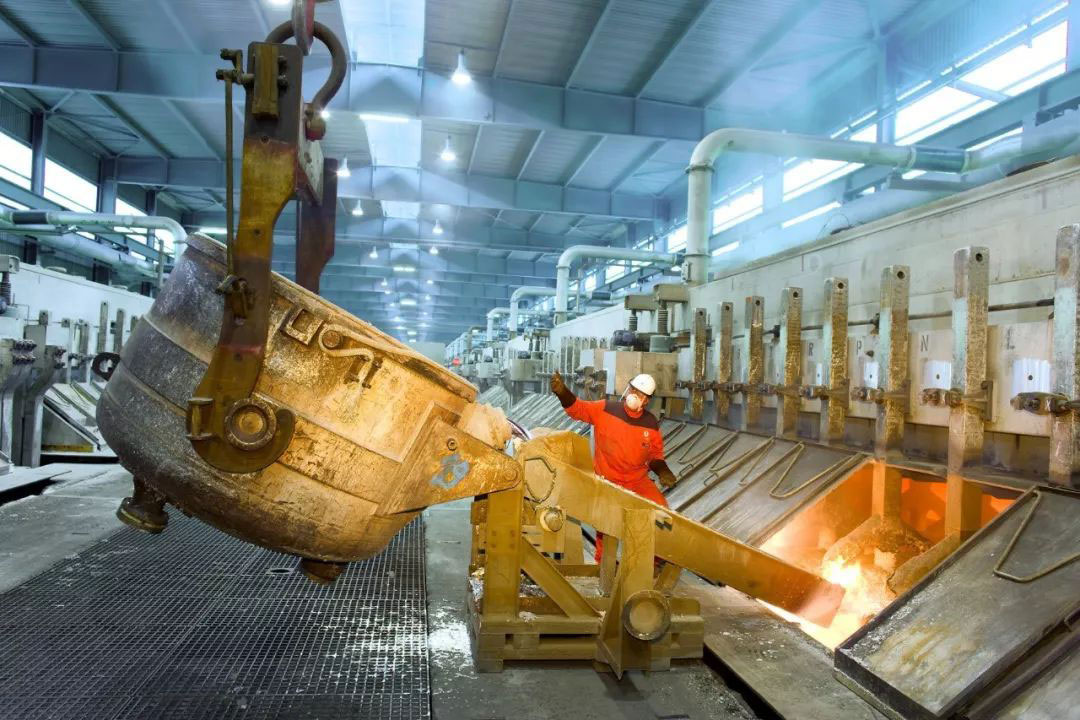
06 5月 Melting aluminum
Melting aluminum key knowledge from China Aluminium
1. What are the strengthening mechanisms of Melting aluminum, the essence of fine grain strengthening and its effect on the strength and plasticity of the alloy
Answer: Mechanism: fine crystal strengthening, solid solution strengthening, aging strengthening, dispersion strengthening, deformation strengthening
The essence: increasing the grain boundary can provide both plasticity and strength
Effect: Deformation strengthening and particle strengthening will increase the plasticity when strength increases
Solid solution strengthening maintains a good level of plasticity when strength is increased
When the grain boundaries are strengthened, the grains are refined to increase the strength and the plasticity.

2. What are the use properties of casting alloys
Answer: Mechanical properties, physical properties, chemical properties
3. What are the technological properties of casting alloys
Answer: Casting performance, melting performance, welding performance, heat treatment performance, machining performance
4. Reasons and methods for the modification of aluminum-silicon alloy
Reason: The silicon phase grows back into flakes under spontaneous uncontrolled growth conditions. This form of brittle phase severely splits the matrix, greatly reducing the strength and plasticity of the alloy.
Method: Adding a mixture of sodium fluoride and chloride salt for metamorphism treatment, adding a small amount of pure sodium has the same effect.
5. Effect of magnesium, copper, iron, rare earth, nickel and manganese on the structure and properties of Melting aluminum alloy
Magnesium: A small amount of magnesium can greatly improve the tensile and yield strength. As the amount of magnesium increases, the strengthening effect continues to increase, the strength rises sharply, and the plasticity decreases.
Copper: The strength of the aluminum-silicon alloy is significantly increased, but the elongation is decreased, and the thermal strength of the alloy is improved.
Iron: deteriorates the mechanical properties of the alloy, especially the plasticity, while reducing the corrosion resistance of the alloy.
Manganese: Adding manganese to Al-Si alloy can greatly reduce the harm of Fe.
6. Al-Si piston alloys are mostly eutectic and hypereutectic alloys
Reason: The piston material needs to have high thermal strength and wear resistance, low linear expansion coefficient and density.
The eutectic and hypereutectic alloy aluminum-silicon alloy contains a large amount of eutectic and primary silicon silicon, which can ensure that the alloy has good casting performance and low linear expansion coefficient, and improves strength, wear resistance and corrosion resistance.
7. What is the role of rare earth in aluminum alloy
Answer: It plays the role of improving the high-temperature mechanical properties of the alloy and increasing the heat resistance in the aluminum alloy, but at the same time it reduces the room temperature performance of the alloy.
8. Reasons for poor casting performance and low corrosion resistance of aluminum-copper alloys
Answer: Casting performance is poor due to the wide crystallization temperature range of aluminum-copper alloys.
Because of the large potential difference between Al and Cu, the corrosion resistance is low.
9. What is the purpose of aluminum alloy using Refining flux and what are the main methods
Purpose: To obtain a high-quality alloy liquid with less content of components, gases and oxidized inclusions, and to ensure that the castings get a fine structure.
Method: blowing inert gas / filtering / vacuum treatment / gasifying solvent / blowing flammable gas / adding rare earth metal
10. What is the relationship between oxide inclusions and pinholes in aluminum liquid?
Answer: The more oxidized inclusions in the aluminum liquid, the higher the hydrogen content. And oxidized inclusions provide ready-made interfaces for bubble nucleation, prompting the formation of pinholes in castings.
Method: Use ONLINE DEGASSING UNIT to remove hydrogen.
11. The basic principle and method of ONLINE DEGASSING UNIT dehydrogenation
Basic principle: Blow gas or produce gas in the aluminum liquid, use the bubbles to float in the aluminum liquid, and discharge hydrogen and inclusions out of the liquid surface. Because the partial pressure of hydrogen in the bubbles in the aluminum liquid starts at zero, dissolved hydrogen continuously enters the bubbles according to the Westward Law, and quickly escapes into the atmosphere with the bubbles.


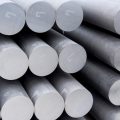

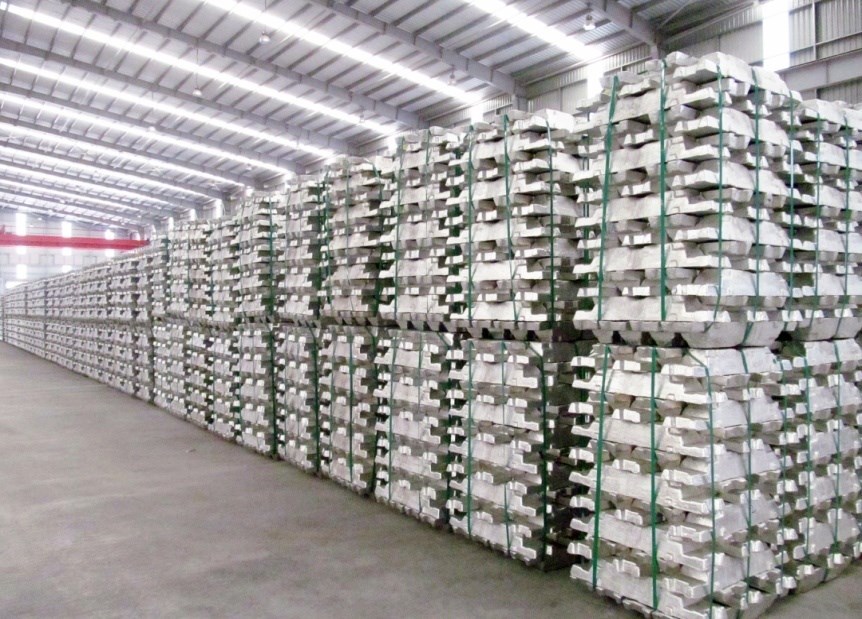
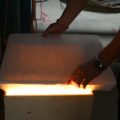
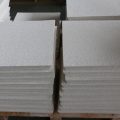
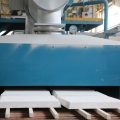
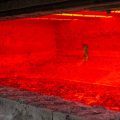
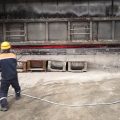

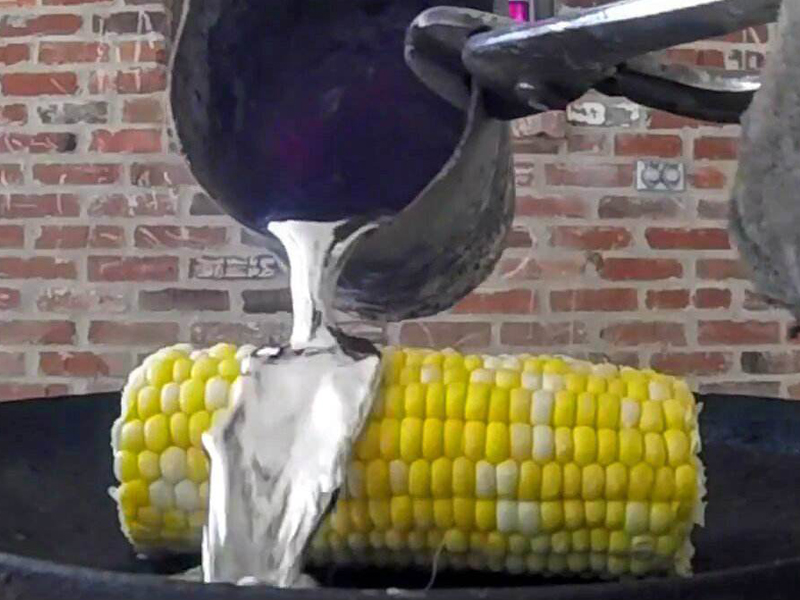
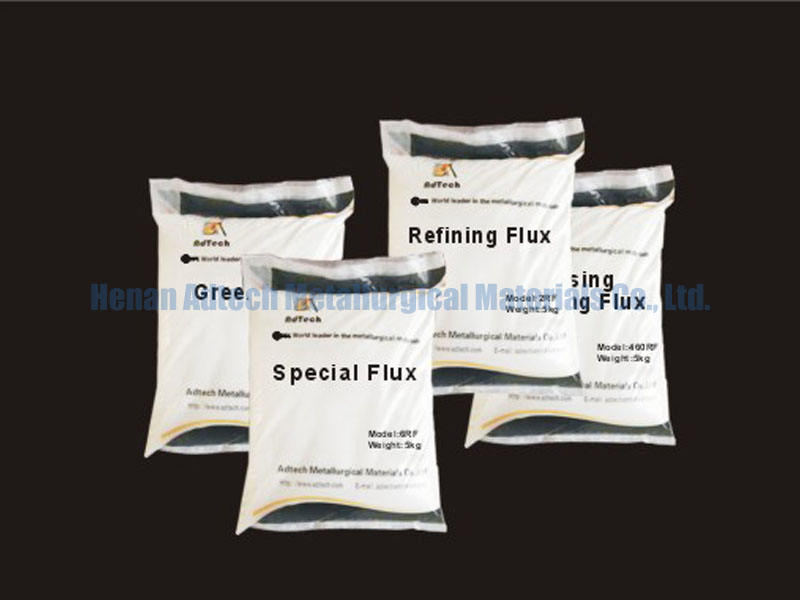
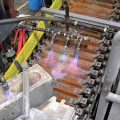
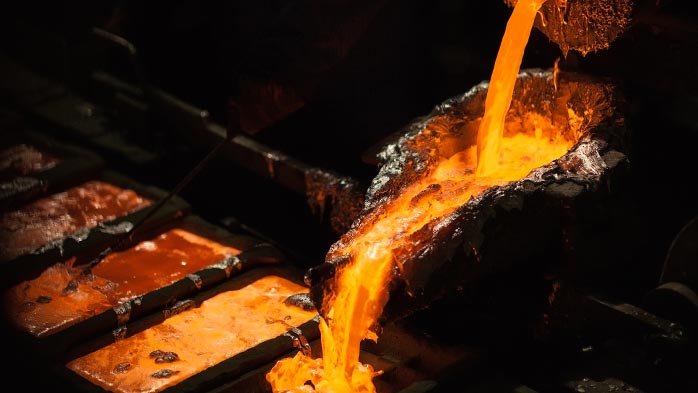
Sorry, the comment form is closed at this time.